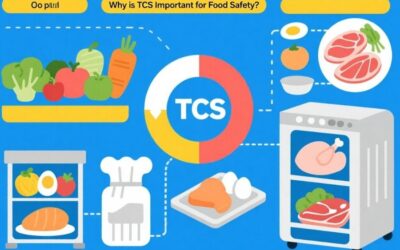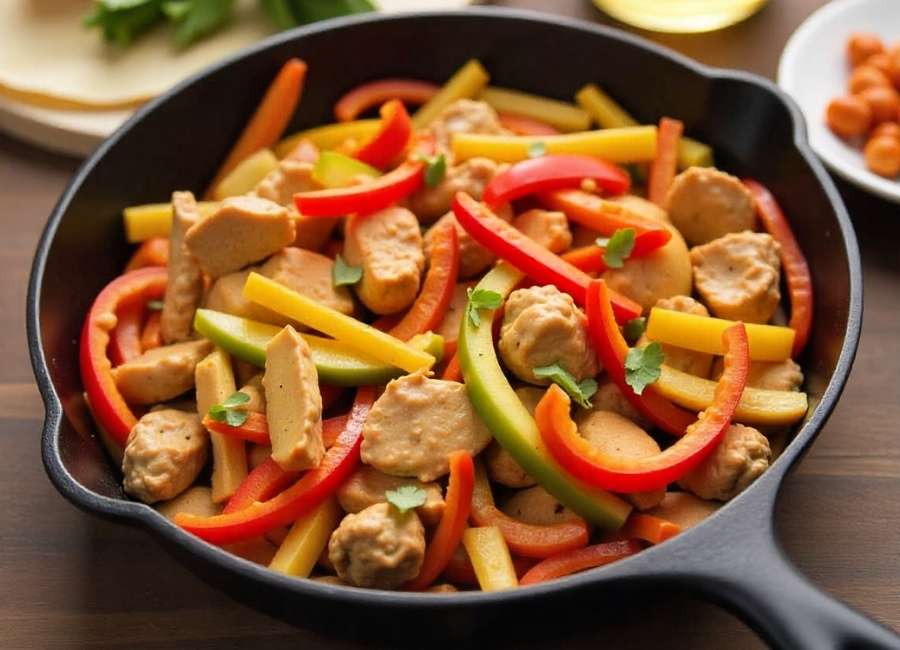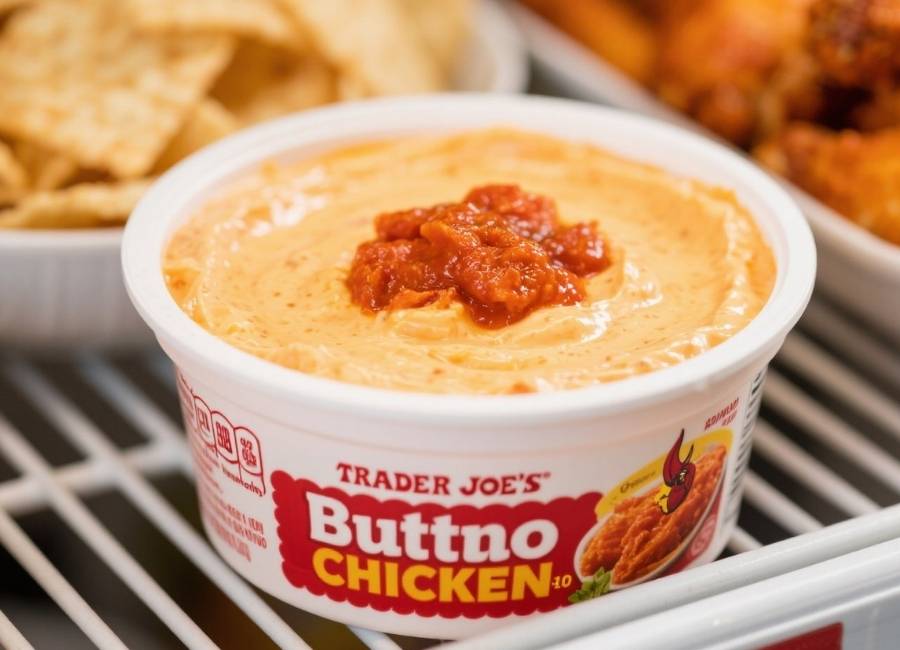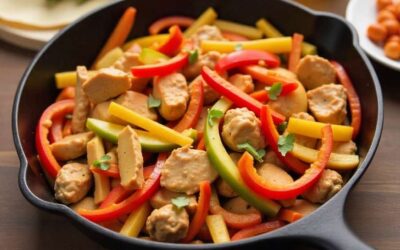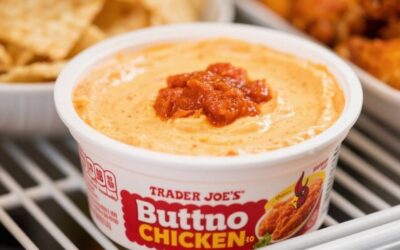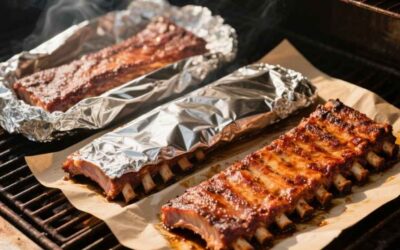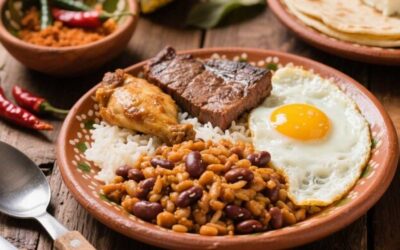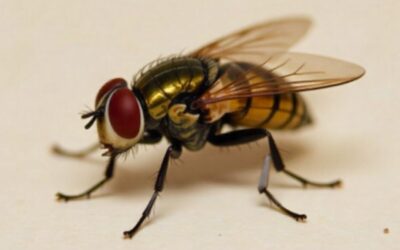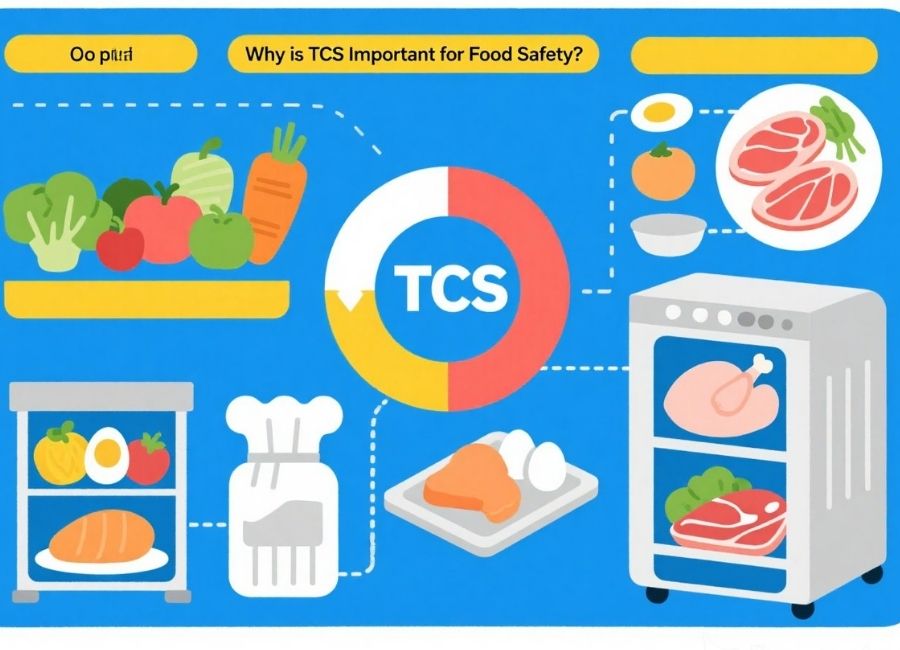Understanding food safety is critical for anyone who handles, prepares, or serves food. A key concept in this field is “TCS food,” which stands for Time/Temperature Control for Safety. Knowing which foods fall into this category and how to handle them properly is essential for preventing foodborne illness.
This guide will explain exactly what TCS foods are. You will learn how to identify them, why they require special handling, and the correct procedures for temperature control. Following these guidelines helps ensure that the food you serve is safe, protecting both your customers and your business.
Understanding TCS Foods
TCS foods are items that require specific time and temperature controls to prevent the growth of harmful bacteria and other microorganisms. (Temperature Control, n.d.) These foods are typically moist, rich in protein, and have a neutral or slightly acidic pH level. (Safe Handling of Ready-to-Eat Foods: Fat Tom Principles Explained, n.d.) This combination creates an ideal environment for pathogens like Salmonella, E. coli, and Listeria to multiply to dangerous levels. (The Importance of Proper Temperature Control for TCS Foods, n.d.)
The “danger zone” for TCS foods is between 41°F and 135°F (5°C and 57°C). (The Temperature Danger Zone: For Food Handlers – FoodSafePal®, n.d.) Within this temperature range, bacteria can double in number in as little as 20 minutes. (How Time and Temperature Control Affects Food Safety, n.d.) Leaving TCS foods in the danger zone for too long is a primary cause of foodborne illness. (Proliferation Contributing Factors, 2024) Therefore, proper cooking, holding, cooling, and reheating procedures are not just best practices—they are necessities.
Key Characteristics of TCS Foods
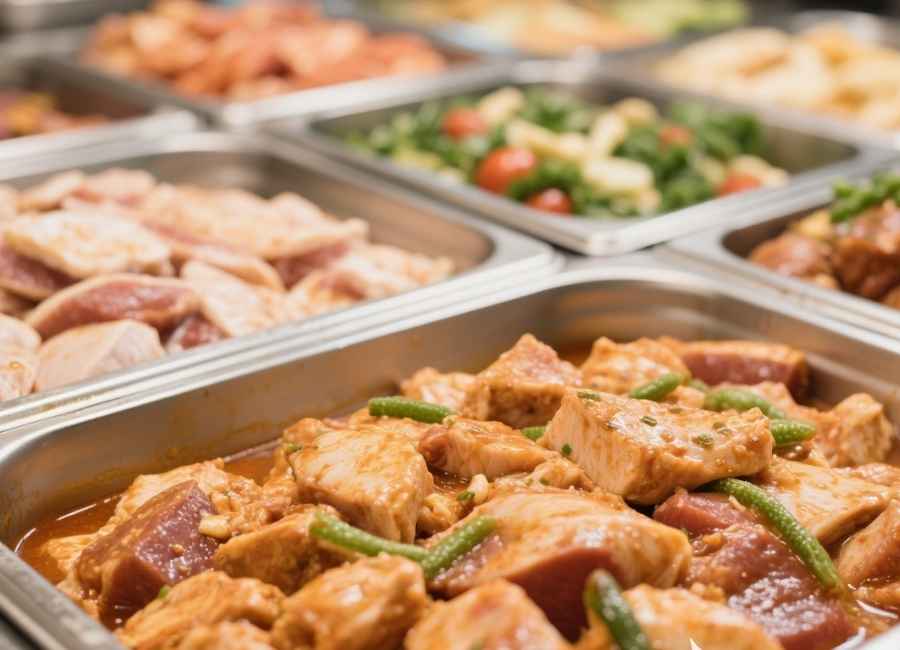
TCS foods share a few common traits that make them susceptible to bacterial growth. These are often summarized by the acronym FATTOM:
- Food: They are high in protein or carbohydrates.
- Acidity: They have a low to neutral pH level (typically 4.6 to 7.5).
- Time: They require time limits for being in the temperature danger zone.
- Temperature: They must be kept at specific temperatures to remain safe.
- Oxygen: Many pathogens require oxygen, but some, like the one causing botulism, do not.
- Moisture: They have high water activity (a value of 0.85 or higher), which supports microbial growth. (What Are TCS Foods? A Comprehensive Guide To Food Safety, n.d.)
Understanding these factors helps explain why certain foods require careful monitoring, while others, such as crackers or dried beans, are shelf-stable.
Common Examples of TCS Foods
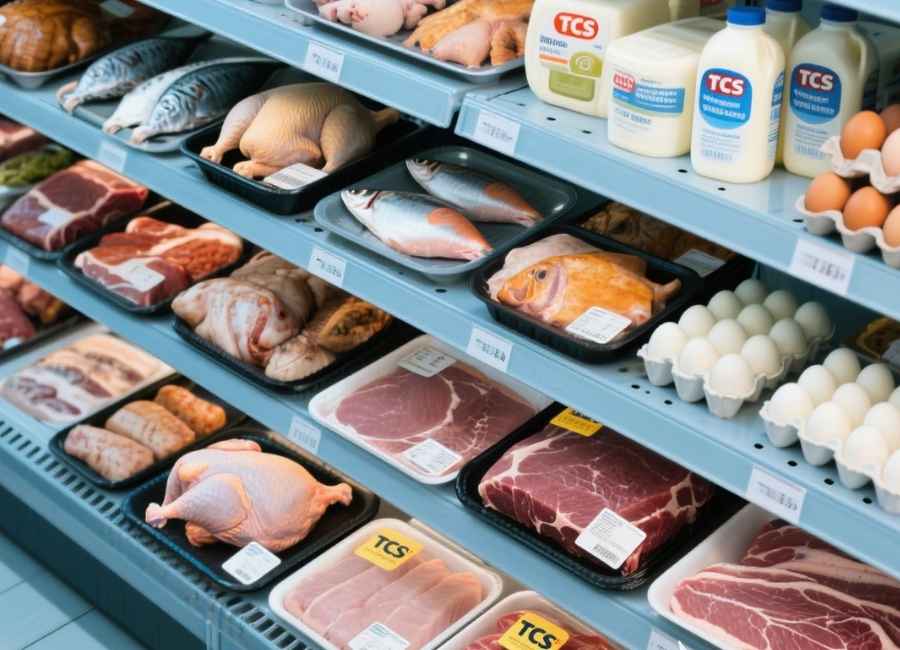
Recognizing TCS foods is the first step toward handling them correctly. The list is extensive, but most items fall into predictable categories (Potentially Hazardous Food, n.d.).
Animal Products
Meat, poultry, and seafood are classic examples of TCS foods. Their high protein and moisture content make them perfect breeding grounds for bacteria. (What Food Is Considered a TCS Food?, n.d.)
- Raw and cooked meat (beef, pork, lamb)
- Poultry (chicken, turkey, duck)
- Fish and shellfish
- Dairy products (milk, cheese, yogurt, cream)
- Eggs
Plant-Based Foods
Many people are surprised to learn that several plant-based foods are also considered TCS, especially after they have been cooked or processed.
- Cooked rice, beans, and pasta
- Cooked vegetables (especially potatoes)
- Tofu and other soy protein products
- Sprouts and sprout seeds
- Cut melons, tomatoes, and leafy greens.
- Garlic-in-oil mixtures
Once a fruit or vegetable is cut, its protective outer layer is broken, exposing the moist interior to contaminants. This is why a whole melon can sit on the counter, but a cut melon must be refrigerated. (Best Practices for Handling Fresh Produce in Schools, 2024)
Safe Handling Procedures for TCS Foods
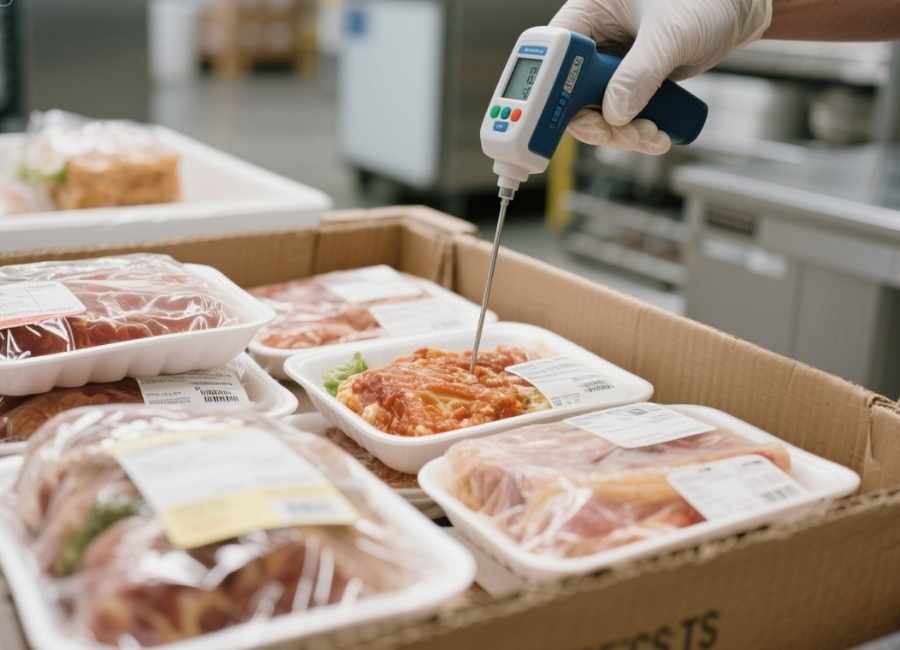
Properly managing TCS foods involves controlling their temperature at every stage, from receiving to serving.
Receiving
When TCS foods are delivered, they must be inspected immediately.
- Check Temperatures: Use a calibrated food thermometer to ensure cold foods arrive at or below 41°F (5°C) and hot foods at or above 135°F (57°C).
- Inspect Packaging: Reject any items with damaged, torn, or leaky packaging.
- Store Promptly: Move TCS foods to proper storage (refrigerator, freezer, or hot-holding unit) as quickly as possible.
Thawing
There are only a few safe methods for thawing frozen TCS foods:
- In a refrigerator at 41°F (5°C) or lower.
- Submerged under cold, running water (70°F or 21°C or below).
- In a microwave, if the food is cooked immediately after.
- As part of the cooking process.
Never thaw TCS foods at room temperature on a countertop. This practice allows the outer surface of the food to enter the temperature danger zone while the inside is still frozen. (The Big Thaw — Safe Defrosting Methods, n.d.)
Cooking
Cooking TCS foods to the correct internal temperature is the only way to kill harmful bacteria. (What Are TCS Foods And How Do You Keep Them Safe?, n.d.) The required temperature varies depending on the food type.
- 165°F (74°C) for poultry, stuffed meats, and any dish that includes previously cooked TCS ingredients.
- 155°F (68°C) for ground meats and injected meats.
- 145°F (63°C) for whole cuts of meat and fish, as well as eggs served immediately.
Always use a food thermometer to ensure the internal temperature is accurate.
Cooling
Improperly cooled foods are a leading cause of foodborne illness. (Linton & Richard, 2000) Bacteria can multiply rapidly when large batches of food are left to cool slowly. TCS foods must be cooled from 135°F to 70°F within two hours, and then from 70°F to 41°F within the next four hours. (National Food Safety Month Week 4: Follow safe food procedures, 2020)
Safe cooling methods include:
- Placing food in shallow pans.
- Using an ice-water bath.
- Using a blast chiller.
- Stirring with an ice paddle.
Reheating and Holding
When reheating TCS foods, they must be brought to an internal temperature of 165°F (74°C) for at least 15 seconds. (Time/Temperature Control for Safety (TCS) Foods Temperature Guide, n.d.) Once cooked or reheated, hot-held foods must be kept at 135°F (57°C) or higher. Cold-held foods must be maintained at 41°F (5°C) or lower. (Food Service Operations, 2025) Check temperatures regularly to ensure they remain within the safe range.
Your Responsibility for Food Safety
Handling TCS foods correctly is a fundamental responsibility for any food service operation. Adhering to time and temperature guidelines is the most effective way to prevent the growth of dangerous pathogens and ensure the food you serve is safe for consumption. Implementing strict procedures for monitoring, cooking, cooling, and storing these items protects public health and the reputation of your business. Regular training and consistent oversight are essential to maintaining these high standards.










